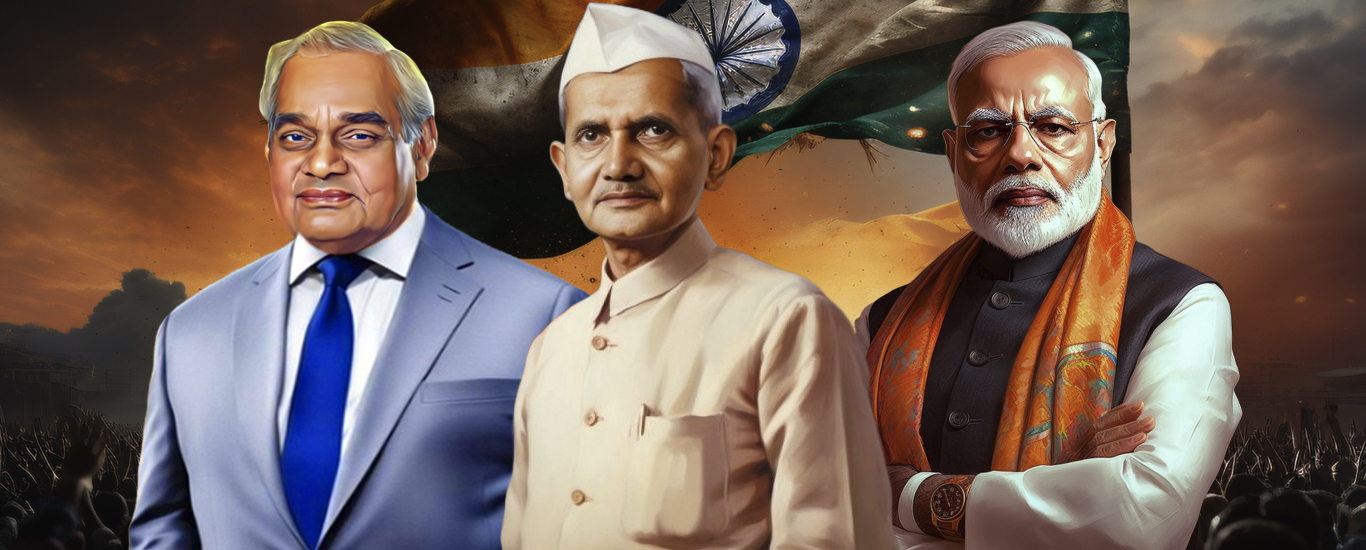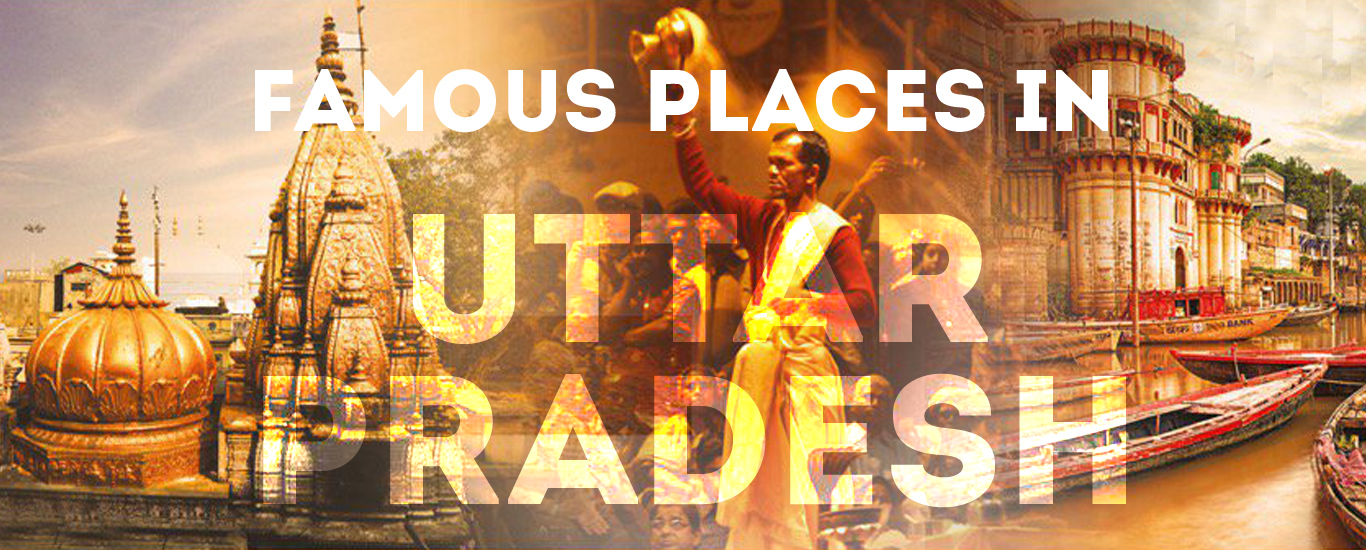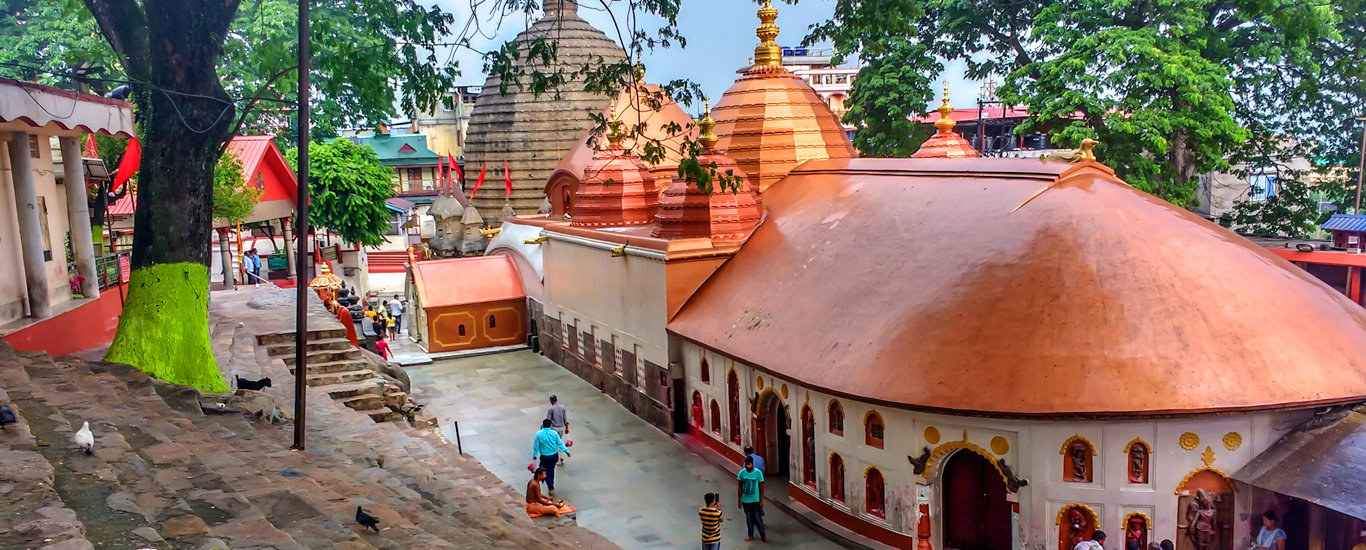Story of Indian Railway
The Indian railways have a long and fascinating history dating back to the mid-19th century. The first railway line in India was built in 1853, connecting Bombay (now Mumbai) and Thane. The project was undertaken by the British East India Company and was completed in 1854. The railway line was primarily built to transport cotton and other goods from Bombay to the rest of the country.
Over the next few decades, the railway network in India expanded rapidly, with new lines being built to connect major cities and towns. The construction of the railways was a major achievement and played a crucial role in the economic and social development of the country.
In the early 20th century, the Indian railways were nationalized and came under the control of the government. Today, the Indian railways is one of the largest railway networks in the world, with over 115,000 kilometers of track and more than 7,000 stations. It is also one of the largest employers in the country, with more than 1.3 million employees.
The Indian railway system has a long and rich history, with several important milestones along the way:
- 1853: The first passenger train in India operated between Bombay (now Mumbai) and Thane, covering a distance of 34 kilometers.
- 1869: The first railway line connecting Bombay and Calcutta (now Kolkata) was completed.
- 1885: The first electric train in India ran between Bombay and Kurla.
- 1895: The first railway line connecting North India to the rest of the country was completed, connecting Delhi to Bombay.
- 1951: The Indian Railway Service of Engineers (IRSE) was established, which helped to modernize and professionalize the railway system.
- 1970: The Indian Railways carried its one billionth passenger.
- 2002: The Indian Railways launched the first high-speed train, the Shatabdi Express.
- 2016: The Indian Railways launched its first semi-high speed train, the Gatimaan Express.
- 2021: The Indian Railways launched the Vande Bharat Express, its first indigenously developed high-speed train.
Throughout its history, the Indian railway system has played a vital role in the country’s economic and social development, connecting people and communities and facilitating the transport of goods and resources.
The Highest railway track
The highest railway track in India is the Chenab Bridge, which is part of the Udhampur-Srinagar-Baramulla rail link project in Jammu and Kashmir. The bridge is located in the Pir Panjal Range of the Himalayas and has a height of 359 meters (1,178 feet) above the Chenab River. It is the highest railway bridge in the world and was completed in 2021. The bridge is part of a 111-kilometer stretch of railway line that connects the cities of Udhampur and Baramulla and is designed to withstand extreme weather conditions and earthquakes. It is an engineering marvel and an important transportation link in the region.
The longest railway bridge
The longest railway bridge in India is the Vembanad Rail Bridge, which is part of the Thiruvananthapuram-Kanyakumari railway line in the southern state of Kerala. The bridge is 4.62 kilometers (2.87 miles) long and spans the Vembanad Lake and its backwaters. It is the longest railway bridge in India and one of the longest in the world.
The Vembanad Rail Bridge was completed in 2010 and is an important transportation link in the region, connecting the capital city of Thiruvananthapuram with the coastal town of Kanyakumari. It is an engineering feat, with several unique features, including a pair of piers that are more than 100 meters (328 feet) tall and a design that allows for the passage of boats and ships underneath. The bridge is an important part of the Indian railway system and serves as a vital transportation link for the people of Kerala.
The Indian railway system holds several world records, including the following:
- The Vembanad Rail Bridge, part of the Thiruvananthapuram-Kanyakumari railway line in Kerala, is the longest railway bridge in India and one of the longest in the world. It is 4.62 kilometers (2.87 miles) long.
- The Chenab Bridge, part of the Udhampur-Srinagar-Baramulla rail link project in Jammu and Kashmir, is the highest railway bridge in the world. It has a height of 359 meters (1,178 feet) above the Chenab River.
- The Indian Railways operates the largest network of railways in the world, with over 115,000 kilometers (71,000 miles) of track.
- The Indian Railways carries the highest number of passengers of any railway system in the world, with over 23 million passengers traveling on its trains every day.
- The Indian Railways has the largest fleet of electric locomotives in the world, with over 6,500 electric locomotives in operation.
- The Indian Railways operates the largest number of rail-based workshops in the world, with over 60 workshops across the country.
- The Indian Railways has the largest number of women employees of any railway system in the world, with over 1.3 million women working in various capacities.
- The Indian Railways operates the largest number of passenger trains in the world, with over 12,000 passenger trains running on its tracks every day.
- The Indian Railways operates the largest number of food catering units in the world, with over 2,700 units serving food to passengers on its trains.
- The Indian Railways operates the largest number of rail-based hospitals in the world, with over 50 hospitals providing healthcare to its employees and their families.
Since 2014, the Indian Railways has achieved several significant milestones and made significant progress in modernizing and improving its services. Some of the key achievements of the Indian Railways since 2014 include:
- The Indian Railways has commissioned over 6,000 kilometers (3,700 miles) of new railway lines, including the Dedicated Freight Corridor, which is expected to significantly improve the efficiency of freight transportation in the country.
- The Indian Railways has introduced several new trains, including the Vande Bharat Express, the first high-speed train developed indigenously in India, and the Humsafar Express, which is a premium all-AC 3-tier train.
- The Indian Railways has implemented several new technologies to improve the safety and reliability of its services, including the installation of CCTV cameras on trains and at stations, the use of drones for track inspection, and the use of machine learning algorithms to improve maintenance and repair processes.
- The Indian Railways has made significant progress in electrifying its railway lines, with over 60% of its tracks now electrified.
- The Indian Railways has introduced several initiatives to improve the experience of its passengers, including the creation of a customer grievance portal, the introduction of a mobile app for booking tickets and checking train status, and the installation of Wi-Fi at over 6,000 railway stations.
- The Indian Railways has made significant investments in the modernization and upgrade of its infrastructure, including the construction of new railway bridges and the upgrading of existing ones.
- The Indian Railways has made significant progress in reducing its carbon footprint, with the launch of several initiatives to promote sustainable transportation, including the use of solar panels to power its trains and the use of biofuels.
- The Indian Railways has made significant progress in promoting digitalization and financial inclusion, with the introduction of a cashless ticketing system and the launch of a digital platform for the procurement of goods and services.
The Indian Railways has several plans and initiatives in place to modernize and improve its services in the future. Some of the key future plans of the Indian Railways include:
- The Indian Railways plans to commission over 7,000 kilometers (4,350 miles) of new railway lines in the next few years, including the construction of the East-West and North-South corridors, which will connect the eastern and western parts of the country and the northern and southern parts of the country, respectively.
- The Indian Railways plans to introduce several new trains, including the Tejas Express, which will be a high-speed, fully air-conditioned train, and the Uday Express, which will be a double-decker train with improved seating and amenities.
- The Indian Railways plans to improve the safety and reliability of its services through the use of new technologies, including the use of artificial intelligence and machine learning algorithms for maintenance and repair processes, the use of satellite-based train tracking systems, and the use of drones for track inspection.
- The Indian Railways plans to increase the electrification of its railway lines, with the goal of electrifying all of its tracks by 2030.
- The Indian Railways plans to improve the experience of its passengers by introducing several new amenities and services, including the installation of Wi-Fi at all railway stations, the introduction of e-ticketing kiosks, and the introduction of a food delivery service on trains.
- The Indian Railways plans to modernize and upgrade its infrastructure, including the construction of new railway bridges, the upgrading of existing ones, and the expansion of its workshops and maintenance facilities.
- The Indian Railways plans to promote sustainable transportation and reduce its carbon footprint through the use of renewable energy sources, including solar panels, and the use of biofuels.
- The Indian Railways plans to promote digitalization and financial inclusion through the use of digital platforms for ticketing and the procurement of goods and services, and the use of cashless payment systems.



